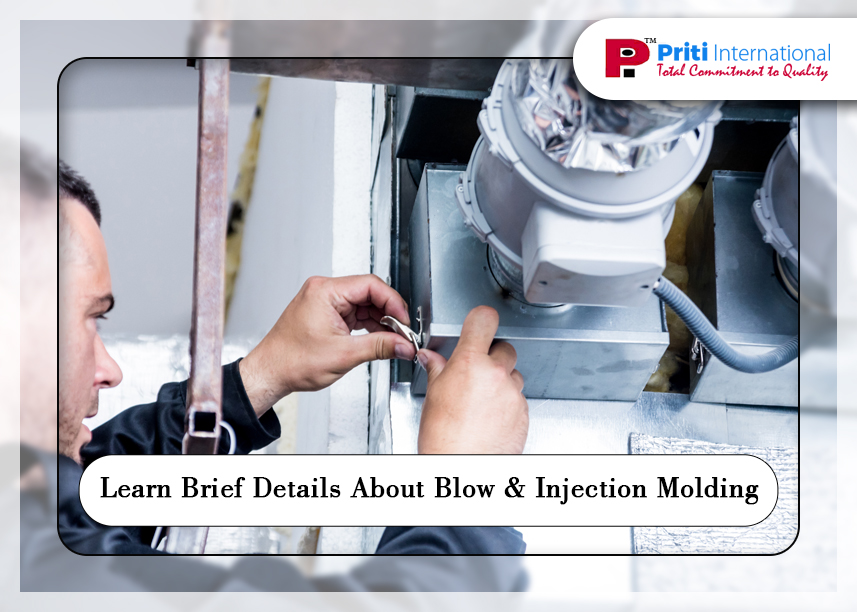Both blow molding and injection molding are important processes in the manufacturing industry. Here is the details of blow and injection molding and compare the two processes.
If you’re in the manufacturing industry, you’ve probably heard of injection molding and blow molding. These two processes are used to create plastic products, but they differ in how they work and what they can produce.
Overview of Blow Molding and Injection Molding
Blow molding is a manufacturing process that creates hollow plastic products such as bottles, containers, and tanks. The process starts with a plastic tube called a parison, which is heated and placed into a blow mold. Air is then blown into the parison, causing it to expand and conform to the shape of the mold. Once the plastic cools, the mold is opened, and the finished product is removed.
Injection moldings, to create solid plastic parts such as bottle caps, computer housings, and hair combs. The process starts with pellets of plastic that are melted and injected into a mold. The plastic cools and hardens in the mold, and the finished product is ejected. PVC molding machines are equipment that inject liquefied PVC into custom two-sided molds. Tooling a mold can cost anywhere from $3,000 to over $100,000 or more depending on the complexity of the design
Advantages of Blow Molding
Blow molding has several distinct advantages over injection moldings. Firstly, the costs in blow moldings are lower as compared to injection moldings. Machinery costs are typically lower as well. Additionally, one-piece construction is possible with blow molding, so there’s no need to connect part halves. This can achieve shapes that injection moldings cannot produce. With blow molding, a plastic tube can be shaped into a container with a handle or a unique shape that cannot be created with injection moldings. HDPE molding machines melt HDPE plastic into a moldable state and inject it into a metal mold comprised of two sides, the cavity and the core.Â
Advantages of Injection Molding
Injection moldings has its advantages too. This process is more suitable for making plastic parts that need a rigid wall, such as bottle caps, hair combs, and computer housings. Injection molding is also a more precise process than blow molding and can produce parts with tighter tolerances. Injection moldings machines can process a wider range of plastics, including PVC and HDPE.
Conclusion
Blow molding is more suitable for hollow products, while injection molding is more suitable for solid products with a rigid wall. Consider the material you want to use, the shape you want to achieve, and the costs involved in the process when choosing between the two. Whether you choose hdpe pvc molding machine, or another type of molding machine, contact Priti International for the best quality products.Â

